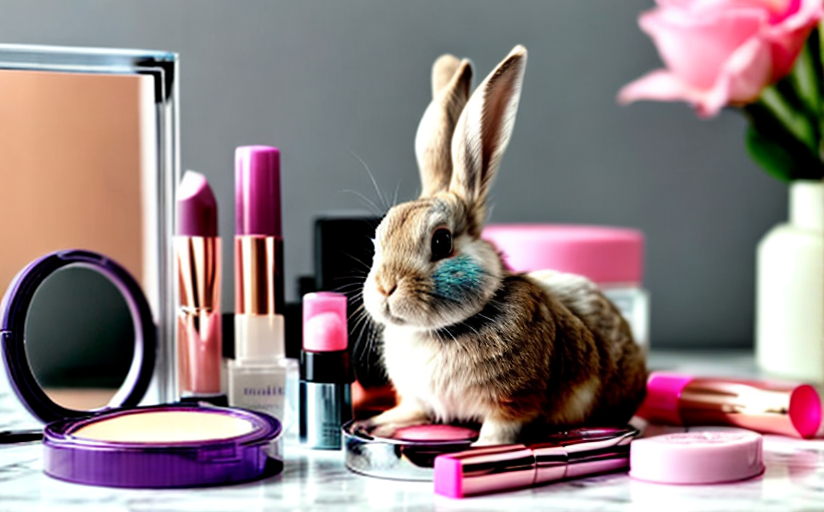Animal Testing in the Beauty Industry: An In-depth Analysis
The beauty industry's use of animal testing is a deeply contentious issue, steeped in sentiments revolving around animal welfare and scientific necessity. This article aims to shed light on the historical context of animal testing, its current employment, the products subjected to it, and the underlying ethics. Furthermore, it ventures into its ecosystem implications, the viability and acceptance of alternatives in the industry. It also gives an overview of related laws and policies across the globe.
Historical Context of Animal Testing
Animal testing in the beauty industry dates back to the early 20th century, largely driven by safety concerns arising from harmful cosmetics. It was presumed necessary to decide the safety of cosmetic products on humans.
Current Implementation and Products Tested
Today, animals are routinely used to test various make up, skincare, and hair care products. They help researchers assess the potential effects of these products on the human body. Rabbits, guinea pigs, rats, and mice are typically subjected to skin and eye irritation tests where the product is applied to their skin or dripped into their eyes, often without pain relief.
Ethics and Animal Welfare
The ethics of animal testing have sparked debates around the world. Critics argue it causes unnecessary animal suffering. Supporters claim it's essential for ensuring products won't harm humans. Strict laws have been implemented in some regions to safeguard the welfare of animals under test, while others still exhibit lax regulations.
Potential Ecosystem Impact
Beyond the ethical implications, animal testing may pose threats to the ecosystem. Widespread adoption of synthetic products, bred for testing purposes, might also cause a genetic imbalance in the ecosystem and an associated environmental impact.
Alternatives and Industry Acceptance
Considerable alternatives to animal testing exist including in vitro methods, computer modeling, and human-patient simulators. However, these alternatives often lack the extensive validation that animal-based methods have acquired over time. That said, highly publicized campaigns against animal testing have encouraged many beauty brands to adopt cruelty-free testing methods.
Laws and Global Policies
Regulations regarding animal testing vary dramatically across the globe. The EU, Israel, India, and Norway have passed complete bans, while areas like China require animal testing for imported cosmetic products. The US lacks federal regulation banning the practice, but some states, like California, have significant restrictions in place.
Note: This article was written to provide an overview and does not represent a definitive stance on animal testing in the beauty industry.




















Comments
Leave a Comment